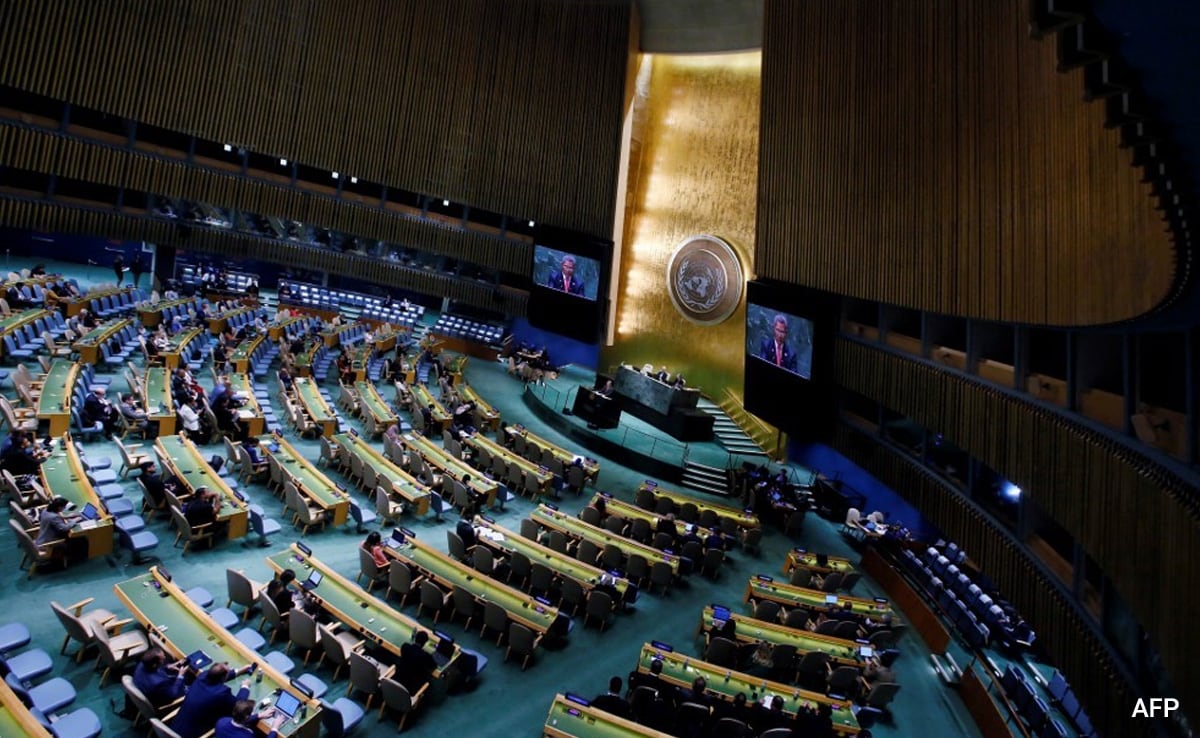The country is also a major opium producer and heroin source, even though the Taliban declared a war on narcotics after they returned to power in August 2021.
Published Date – 02:22 PM, Sun – 10 September 23

Islamabad: Afghanistan is the world’s fastest-growing maker of methamphetamine, a report from the United Nations drug agency said Sunday.
The country is also a major opium producer and heroin source, even though the Taliban declared a war on narcotics after they returned to power in August 2021.
The United Nations’ Office on Drugs and Crimes, which published the report, said meth in Afghanistan is mostly made from legally available substances or extracted from the ephedra plant, which grows in the wild.
The report called Afghanistan’s meth manufacturing a growing threat to national and regional health and security because it could disrupt the synthetic drug market and fuel addiction.
It said seizures of meth suspected to have come from Afghanistan have been reported from the European Union and east Africa.
Annual meth seizure totals from inside the country rose from less than 100 kilograms (220 pounds) in 2019 to nearly 2,700 kilograms (6,000 pounds) in 2021, suggesting increased production, the report said.
But it couldn’t give a value for the country’s meth supply, the quantities being produced, nor its domestic usage, because it doesn’t have the data.
Angela Me, the chief of the UNODC’s Research and Trend Analysis Branch, told The Associated Press that making meth, especially in Afghanistan, had several advantages over heroin or cocaine production.
“You don’t need to wait for something to grow,” said Me. “You don’t need land. You just need the cooks and the know-how. Meth labs are mobile, they’re hidden. Afghanistan also has the ephedra plant, which is not found in the biggest meth-producing countries: Myanmar and Mexico. It’s legal in Afghanistan and it grows everywhere. But you need a lot of it.” Me said it was too early to assess what impact the Taliban’s drug crackdown has had on meth supplies.
A spokesperson for the Interior Ministry, Abdul Mateen Qani, told the AP that the Taliban-run government has prohibited the cultivation, production, sale and use of all intoxicants and narcotics in Afghanistan.
He said authorities have destroyed 644 factories and around 12,000 acres of land where prohibited narcotics were cultivated, processed or produced. There have been more than 5,000 raids in which 6,000 people have been arrested.
“We cannot claim 100 per cent that it is finished because people can still do these activities in secret. It is not possible to bring it to zero in such a short time,” said Qani.
“But we have a four-year strategic plan that narcotics in general and meth in particular will be finished.” A UN report published in November said that opium cultivation since the Taliban takeover increased by 32 over the previous year, and that opium prices rose following authorities’ announcement of a cultivation ban in April 2022.
Farmers’ income from opium sales tripled from USD 425 million in 2021 to $1.4 billion in 2022.
The 2022 report also said that the illicit drug market thrived as Afghanistan’s economy sharply contracted, making people open to illegal cultivation and trafficking for their survival.
Afghans are dealing with drought, severe economic hardship and the continued consequences of decades of war and natural disasters.
The downturn, along with the halt of international financing that propped up the economy of the former Western-backed government, is driving people into poverty, hunger, and addiction.
An Afghan health official, who spoke on condition of anonymity because he was not authorised to speak to the media, said around 20,000 people are in hospitals for drug addiction, mostly to crystal meth. Of these patients, 350 are women.
He said children are also being treated, but did not give the number nor their ages.









